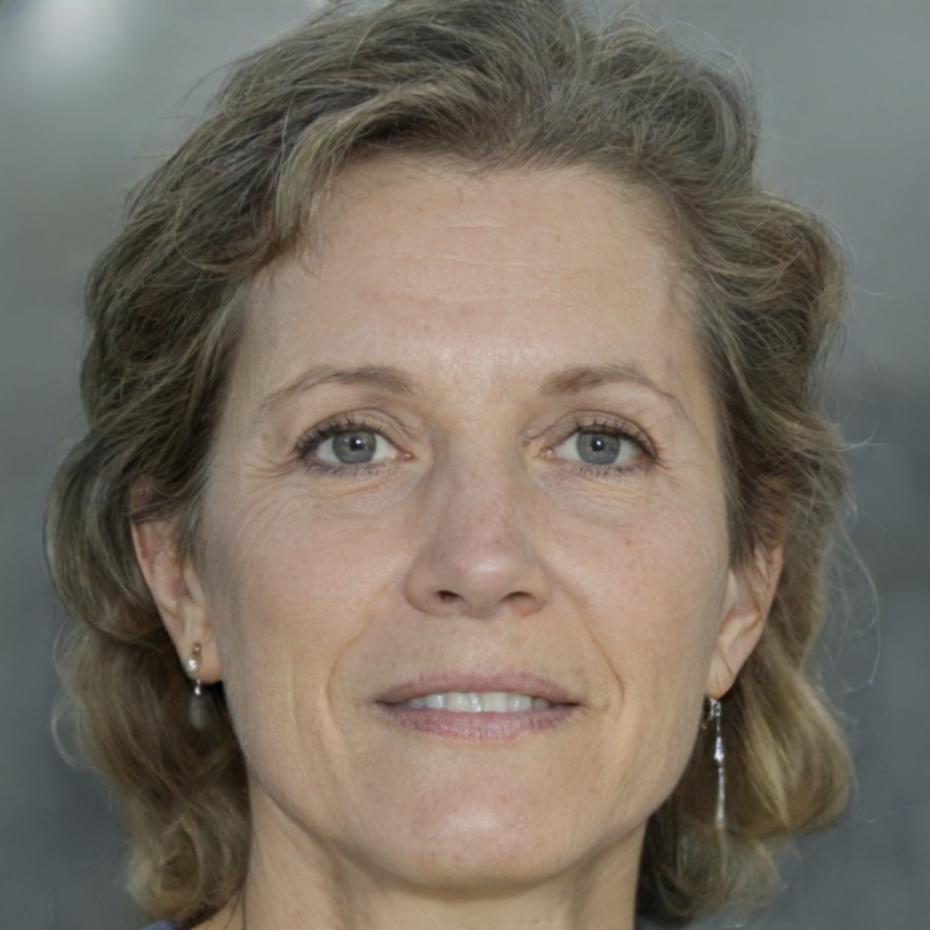We've Been Where You Are
Back in 2018, I watched three businesses in our building shut down within six months. All profitable companies. But each one made the same mistake—they couldn't figure out where to put their money next.
One expanded too fast. Another sat on cash while competitors moved ahead. The third invested everything in equipment that became obsolete before they paid it off. That's when we started asking better questions about capital allocation.
We're not here to sell you complicated financial products. We help you figure out where your next dollar should go and why that matters more than most businesses realize.
What Actually Guides Our Work
These aren't aspirational statements we put on a wall. They're the framework we use when a client asks us a tough question and we need to give them an honest answer.
Money Goes Where It Works
We don't believe in spreading resources thin or following industry trends. Capital should concentrate where it creates the most value for your specific situation.
Context Beats Templates
Every business operates in different circumstances. What works for a tech startup in Bangkok won't work for a family manufacturer in Ratchaburi. We build solutions around your reality.
Numbers Tell Stories
Financial statements aren't just compliance documents. They reveal patterns about where your business creates value and where it burns resources unnecessarily.

How This Works in Practice
Last quarter, a logistics company came to us with excess cash from a profitable year. They wanted to expand their fleet. Seemed straightforward.
But when we looked at their dispatch data, we noticed they had capacity issues during peak hours, not capacity issues overall. Buying more trucks would have created idle assets most of the time.
Instead, we helped them restructure their scheduling system and partner with smaller operators for peak demand. They saved the capital expense and actually increased their effective capacity by 30%.
That's what we mean by context. The obvious answer isn't always the right answer.
How Our Thinking Changed
We didn't start with all the answers. We learned by making mistakes with our own business first, then figuring out what actually mattered.
Early Struggles
2018–2019
The Challenge
We started offering standard financial consulting packages. Created beautiful spreadsheets. Used industry benchmarks. Gave solid advice that looked good on paper.
Our clients weren't getting results. The advice was technically correct but didn't match their operational reality. A restaurant owner told us, "Your plan makes sense, but I can't actually do this while running a kitchen."
What We Learned
Theory without implementation is just expensive paperwork. We needed to understand how businesses actually operate before we could give useful advice about capital allocation.
Finding Our Method
2020–2022
The Process
We stopped writing reports and started spending time in client businesses. Watched how they actually made decisions. Noticed the gap between what financial statements showed and what was really happening.
A construction client had great margins on paper but was bleeding cash. We spent a week at their sites and realized their project managers were ordering materials in inefficient batches because nobody had connected procurement timing to cash flow.
The Shift
Capital allocation isn't about financial theory. It's about understanding how money moves through a specific business and finding the friction points that destroy value.
Current Approach
2023–Present
What We Do Now
We work with businesses to map their capital flows and identify where money creates value versus where it sits idle or gets consumed by operational inefficiency.
Our recommendations focus on three questions: Where does money enter your business? Where does it create value? Where does it leak out unnecessarily? Most businesses can't answer these questions with precision, which makes allocation decisions harder than they need to be.
Current Results
Clients typically find 15-25% improvement in capital efficiency within the first year. Not from genius strategies, but from fixing obvious problems that were hiding in plain sight.
What We're Watching in 2025
The capital allocation landscape in Thailand is shifting. Here's what's actually affecting our clients and how we're thinking about it.
Digital Payment Infrastructure
Thailand's payment systems are getting faster and more connected. This creates opportunities for businesses to improve their cash conversion cycles. We're helping clients redesign their receivables processes to take advantage of real-time settlement capabilities that didn't exist two years ago.
Regional Supply Chain Shifts
Companies are rethinking their supply networks after the disruptions of recent years. This affects working capital requirements significantly. Some businesses need more inventory buffer, others can reduce it. The right answer depends on their specific position in the supply chain.
Labor Market Dynamics
Finding skilled workers is getting harder across most sectors. This changes the capital versus labor trade-off. We're seeing more cases where automation investments make sense not because they're cheaper, but because the skilled labor simply isn't available at any price.



Who Makes the Decisions
We're a small team by design. Every client works directly with senior people who've been through this before.

Siriporn Thanasarn
Managing Partner
Our Client Philosophy
We work with established businesses that have real operations and actual capital allocation questions. Not startups looking for funding. Not companies that need basic bookkeeping. We help profitable businesses figure out what to do with their capital next.
Most of our clients have been operating for at least five years. They've survived the startup phase and now face more complex decisions about growth, efficiency, and resource allocation. These are harder questions than "how do we make payroll" but they matter more for long-term success.
We typically work with clients for 18-24 months. The first six months we spend understanding their business. The next year we help them implement changes. Then they usually have the framework to continue on their own.
"The best capital allocation advice comes from understanding the specific business, not from applying generic formulas. We spend more time learning our clients' operations than most consultants do, because that's where the real insights come from."